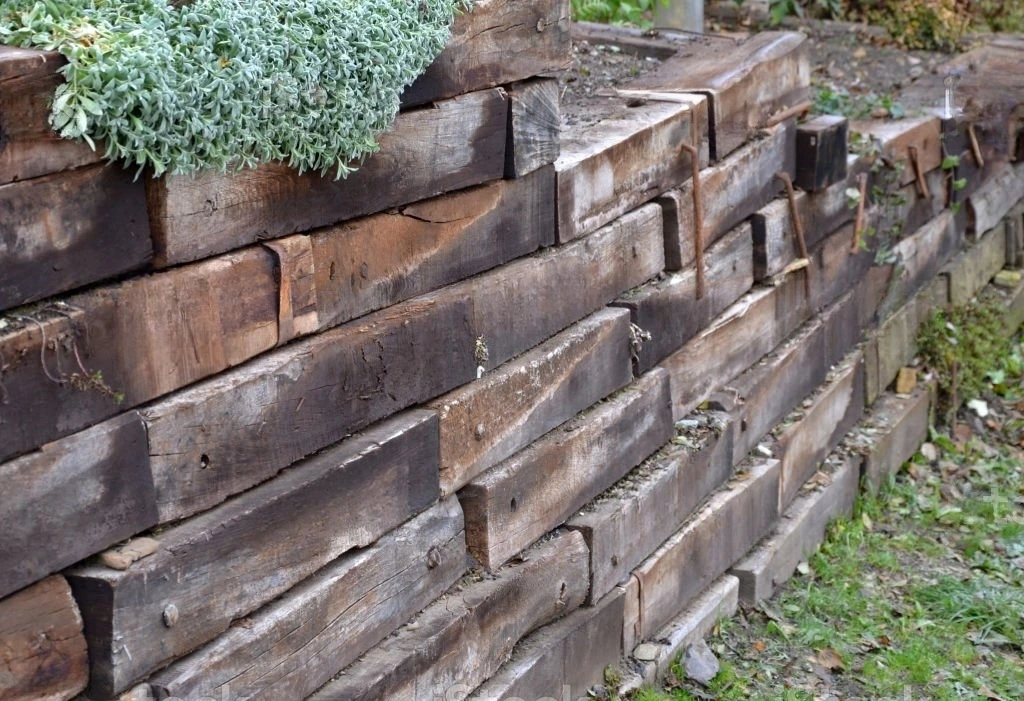A retaining wall is a crucial structure that serves many purposes, such as soil stabilization, flood control, and creating usable outdoor spaces. However, like any other structure, it can deteriorate over time, which necessitates repair. If you’re wondering how much it costs to repair a retaining wall, you’re in the right place.
The cost to repair a retaining wall depends on several factors such as the size of the wall, the extent of the damage, and the materials needed for repair. Typically, the cost of repairing a retaining wall can range from $300 to $5,000 or more, depending on the severity of the damage.
One of the most significant factors that affect the cost of repairing a retaining wall is the type of repair needed. For instance, repairing a small crack or replacing a few blocks will cost significantly less than rebuilding the entire wall. Additionally, the materials used for repairs, such as bricks, concrete blocks, or natural stone, can significantly impact the cost.
When looking for a retaining wall repair near you, it’s crucial to consider the experience and expertise of the contractor you choose. A professional and experienced contractor will provide you with an accurate estimate of the cost and ensure that the repair work is done correctly.
The cost of repairing a retaining wall varies based on various factors. It’s essential to hire a professional contractor who can accurately assess the damage and provide you with a detailed estimate of the repair cost. By doing so, you can be confident that your retaining wall will be restored to its former strength and beauty.
How To Build A Concrete Retaining Wall?
A retaining wall can be a great addition to your property, providing both functional and aesthetic benefits. Whether you’re looking to add some landscaping to your yard, create a new outdoor living space, or prevent soil erosion. A well-built concrete retaining wall can help you achieve your goals. However, like any other structure, retaining wall repair costs can suffer wear and tear over time and may need repair.
If you’re looking for retaining wall repair near you, you’ve come to the right place. In this guide, we’ll cover everything you need to know about repairing a concrete retaining wall. Including the cost, the tools and materials you’ll need, and the steps involved.
Before we dive into the specifics of repairing a retaining wall. It’s important to understand the benefits of building one in the first place. Retaining walls can help prevent soil erosion, which can cause damage to your property. Including foundation problems, flooding, and even landslides. Additionally, retaining walls can provide a visually appealing and functional addition to your property. Creating new outdoor spaces for entertaining or relaxation.
When it comes to repairing a retaining wall. The cost can vary depending on the extent of the damage and the size of the wall. However, with the right tools and materials, repairing a retaining wall can be a relatively simple and straightforward process. In the following sections, we’ll provide a step-by-step guide to repairing a concrete retaining wall. So you can get started on your project.
How To Build A Retaining Wall With Blocks?
When it comes to landscaping, retaining walls are an important feature that not only enhances the aesthetic appeal of your outdoor space. But also serves the practical purpose of holding back soil and preventing erosion. However, over time, retaining walls can suffer wear and tear. And may require repair to ensure they continue to function effectively.
If you’re looking to build a retaining wall from scratch or repair an existing one. Using blocks is a popular and cost-effective option. With the right tools and techniques, it’s possible to construct a retaining wall that is both sturdy and visually appealing.
The first step in building or repairing a retaining wall is to assess. The damage and determine the scope of work required. This will involve examining the structure for cracks, bulges, or other signs of wear. And deciding whether a simple repair or a full replacement is necessary.
Once you have a clear idea of what needs to be done. The next step is to gather the necessary materials and tools, which will include blocks, mortar, a trowel, a level, and a mallet. It’s also important to ensure that you have the required permits and permissions from your local council. As retaining walls may require approval in some areas.
When it comes to the construction process. It’s important to follow the manufacturer’s instructions carefully, ensuring that the blocks are properly aligned and leveled. This will not only ensure the structural integrity of the retaining wall but also help to prevent future damage.
In terms of cost, the price of repairing a retaining wall will depend on a range of factors. Including the extent of the damage, the materials required, and the labor involved. However, by opting for blocks and undertaking the work yourself. It’s possible to save money while still achieving a professional-looking result.
Building or repairing a retaining wall. Blocks is a great way to enhance the functionality and appearance of your outdoor space. With the right tools and techniques, it’s possible to undertake this project yourself. Saving money and creating a beautiful and practical feature for your home.
How To Build A Retaining Wall With Railroad Ties?
When it comes to building a retaining wall, railroad ties can be a great option for their durability and affordability. However, even the sturdiest retaining wall may eventually require repairs due to wear and tear or environmental factors. If you’re searching for “retaining wall repair near me” or wondering about the cost of retaining wall repair. This guide will walk you through the steps of building a retaining wall with railroad ties. And provide tips for repairing it if necessary.
First, it’s important to choose the right location for your retaining wall. Look for a spot where the soil is prone to erosion. Or where there is a slope that needs to be stabilized. Once you’ve identified the location, measure the length and height of the area where you plan to build the wall. This will help you determine how many railroad ties you’ll need and how much base material you’ll need to prepare.
Next, prepare the base by excavating a trench where the wall will be located. The trench should be at least as deep as the first course of railroad ties and twice as wide. Add a layer of crushed rock to the bottom of the trench and compact it with a tamper. Then, add a layer of sand or gravel and compact it as well.
Now it’s time to start laying the railroad ties. Start at the lowest point of the wall and work your way up. Use a level to ensure that each tie is level and secure it with rebar or metal stakes. If necessary, cut the ties to size using a saw.
Once the wall is complete, backfill it with gravel or crushed rock. This will help with drainage and prevent water from accumulating behind the wall. Which could cause it to fail over time.
If your retaining wall is in need of repair, there are a few common issues to look out for. These include bulging or leaning, cracked or broken tiles, and erosion. Depending on the extent of the damage, you may be able to repair the wall. Yourself using some of the techniques mentioned in this guide. However, in some cases. It may be best to consult a professional to ensure that the repairs are done safely and effectively.
Conclusion:
Building a retaining wall with railroad ties can be a great option for its strength and affordability. However, if you do need to repair the wall at any point. It’s important to be aware of the common issues. That can arise and the steps you can take to address them. By following these tips, you can ensure that your retaining wall remains sturdy and secure for years to come.





